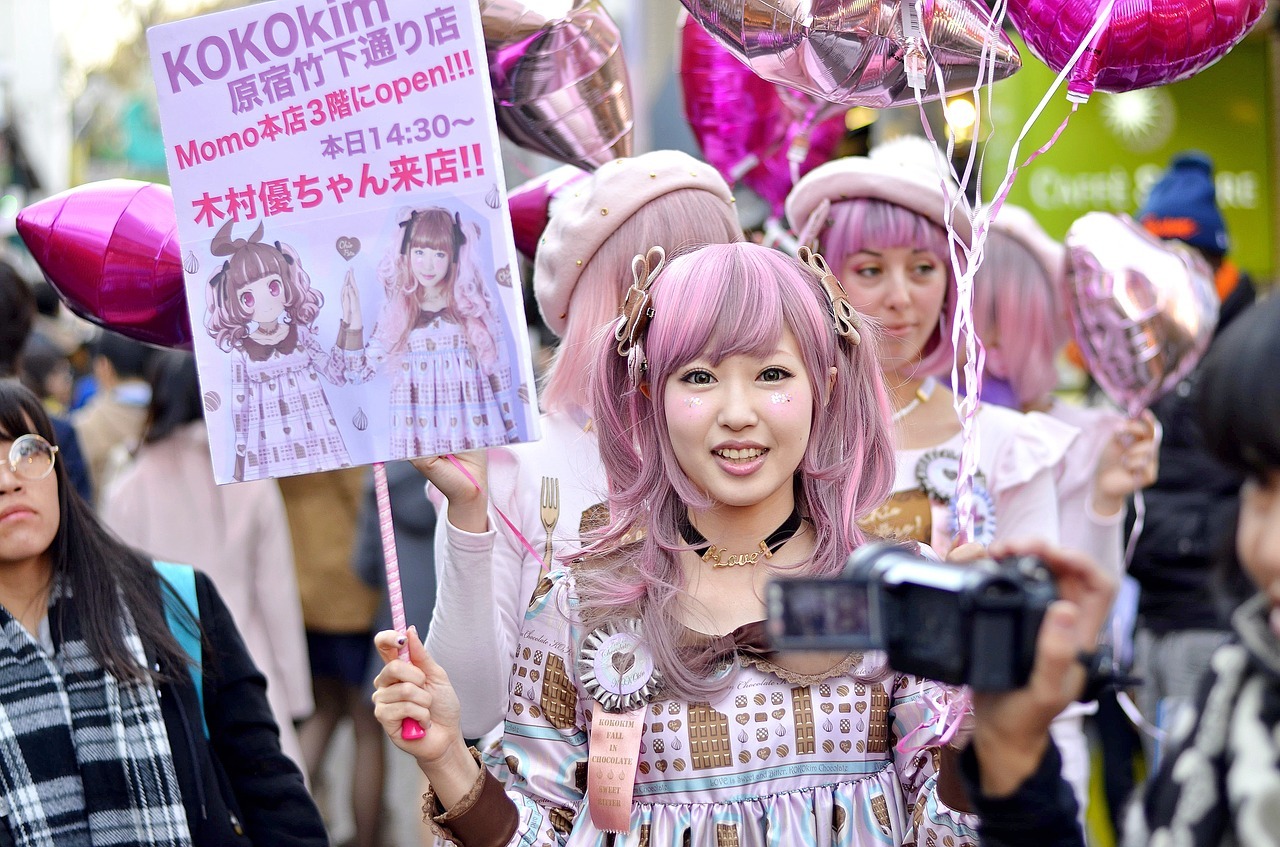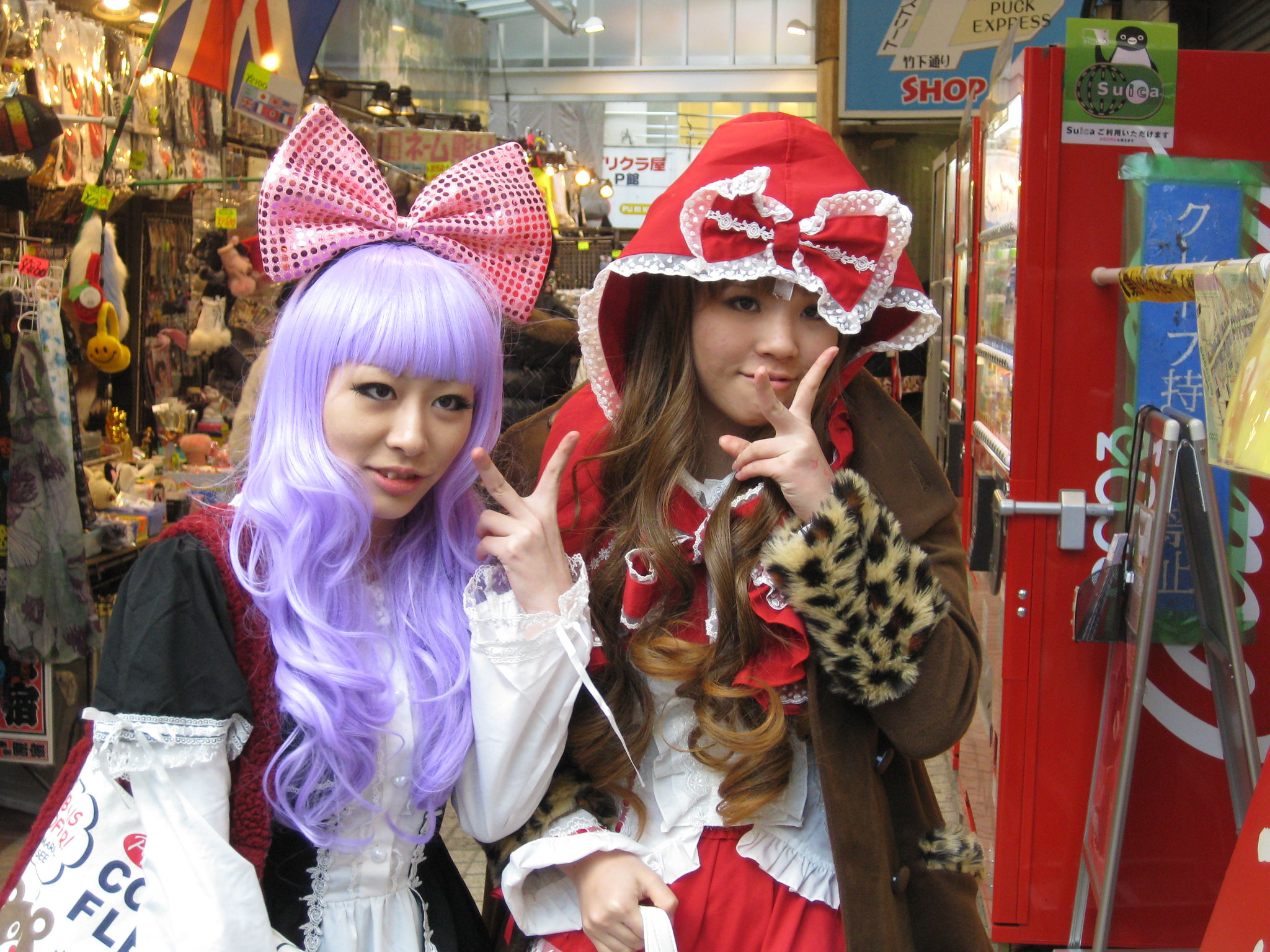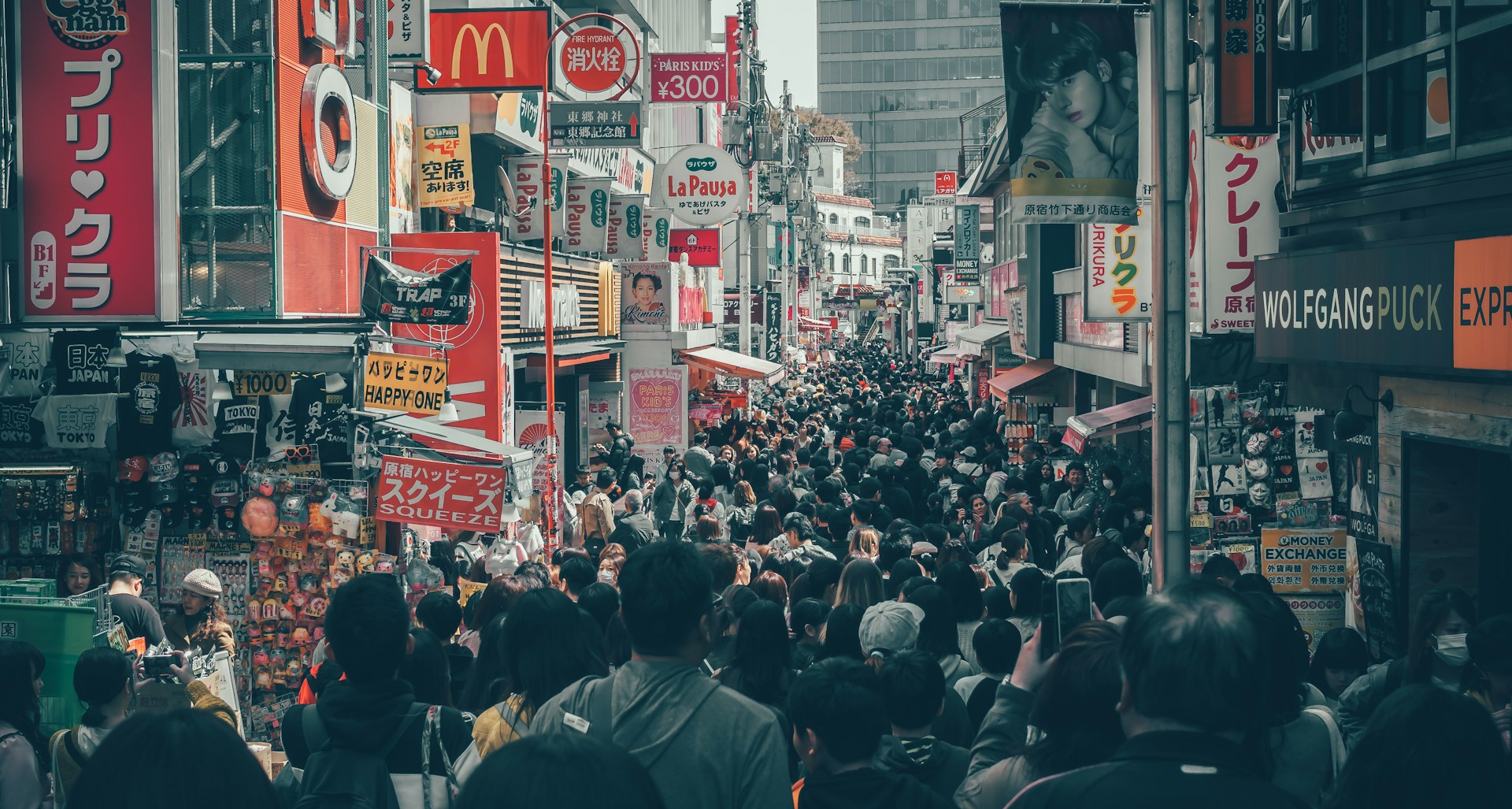In Search of Harajuku Style

By Richard Milner
Staff Writer
12/3/2020

Japan is often romanticized. Samurai and ninja, sushi and karaoke, anime and manga, shrines and skyscrapers, kimono and cosplay: these are some of the things that come to mind when foreigners think of Japan. Travelers often come to Japan hoping to see these cultural elements firsthand.
One Tokyo neighborhood, in particular – Harajuku – spawned its own distinctive style. This Harajuku style began as a counter-cultural movement, but so swiftly popularized that it became a staple of pop culture from the 1990s to the mid-2000s. Clothing stores in Harajuku sold bombastic clashes of color and style that, once layered with belts, buckles, accessories, hair ribbons, and combat boots, made the wearer look like a cartoon character.

Harajuku style (Picture Credit: flyingpurplemonkeys)
In a society with immense pressures to conform, incessant person-to-person surveillance of public behavior, and a sharp sense of aesthetics, fashion is a tool of personal expression. It is upfront and impossible to ignore, whilst at the same time easy to remove (unlike, say, a tattoo). Oddities in dress are used to reflect oddities in character. Harajuku was therefore a place of refuge for people who resisted Japanese cultural pressures.
Oddities in dress are used to reflect oddities in character.
Harajuku style spread overseas in the 90s through anime, manga, magazines, and pictures on social media. Fruits magazine, in particular, featured many pictures of Harajuku fashion and was consumed by the international fashion community. American musician Gwen Stefani’s 2004 album Love. Angel. Music. Baby. included the song “Harajuku Girls” and her tours featured a quartet of Japanese backup dancers, “the Harajuku Girls,” helping to popularize Harajuku style overseas.
Today, though, Japanese people have moved on and Harajuku style is a relic of an idealized past, like the samurai of feudal Japan. Many have lamented the passing of Harajuku style to the march of homogenized, big box stores like Uniqlo. The small, quirky, even ramshackle little shops that used to line Harajuku’s streets have given way to the same kind of brand-name stores found in any downtown district in Tokyo or any major city in the world. Only Takeshita Street retains a trace of the distinctive Harajuku style, but it’s now mostly full of tourists, who come to gawk and photograph this pale reflection of the Harajuku of the past, like people going to Seattle hoping to see its 80s grunge scene, or to London hoping to see its 90s rave culture. The Japanese people in the area are either passing through or lining up for creperies or fried-food stalls, and are usually dressed in clothes that look like they came from Uniqlo, H&M, or Zara. There is no single style that exemplifies Japan’s counterculture anymore. Counterculture is still loosely connected to neighborhoods, but it’s spread out across different parts of Tokyo and associated with specific art-deco bars or underground music clubs. Thus it is that Harajuku style now lives mostly in the minds of those who’ve never seen it.
Harajuku style now lives mostly in the minds of those who’ve never seen it.

Takashita Street
What is it about Harajuku style that makes it so appealing to people overseas? Maybe it’s a simple desire to buck norms and express individuality and creativity in a world of largely homogenized fashion. And perhaps the Japanese mystique makes it all the more attractive.
Regardless, there’s no harm in foreigners clinging to the memory of a largely extinct piece of Japanese culture. Harajuku style never “belonged” to anyone; that was the point. No Japanese person will complain about the cultural appropriation of Harajuku style. Travelers late to the party are welcome to come live out their dream, whilst locals watch, bemused.
